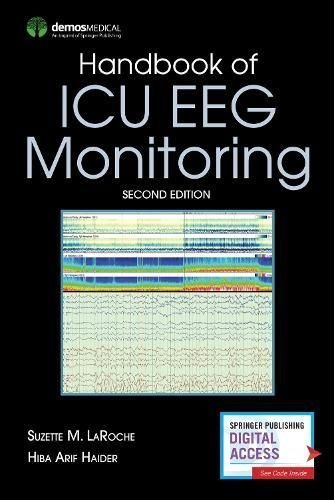Note to Readers: Publisher does not guarantee quality or access to any included digital components if book is purchased through a third-party seller. Continuous EEG monitoring is an important tool for assessing brain function and allows clinicians to identify malignant EEG patterns quickly and provide more effective care. The revised and updated second edition of Handbook of ICU EEG Monitoring distills the wide range of technical and clinical issues encountered in successful critical care EEG monitoring for the busy practitioner. Written by leading experts in this rapidly evolving field, the handbook incorporates the ground-breaking advances that have impacted practice since publication of the first edition. Concise chapters break down the fundamentals of EEG acquisition and other technical considerations, clinical indications, EEG interpretation, treatment, and administrative concerns. Entirely new chapters on cardiac arrest in adults, neonatal seizures, periodic and rhythmic patterns, and inter-rater agreement for interpretation in the ICU are included, along with new neonatal guidelines and ACNS adult and pediatric consensus statements. All existing chapters have been revised and updated to include the latest information, and coverage of quantitative EEG (QEEG) is expanded to reflect the expanding role of this technology in reviewing ICU EEG recordings. Formatted for maximum utility with bulleted text and banner heads to reinforce essential information. Key Features: Revised and updated second edition encompasses the current scope of clinical practiceBroad but practical reference covering all aspects of ICU EEG monitoringSix entirely new chapters and many new expert authors and topicsThorough discussion of the indications for ICU EEG monitoring and prevalence of seizures in patient subgroupsFocuses on the challenges of EEG interpretation that are unique to EEG monitoring in the ICUKey points and future directions/unanswered questions highlighted in every …












